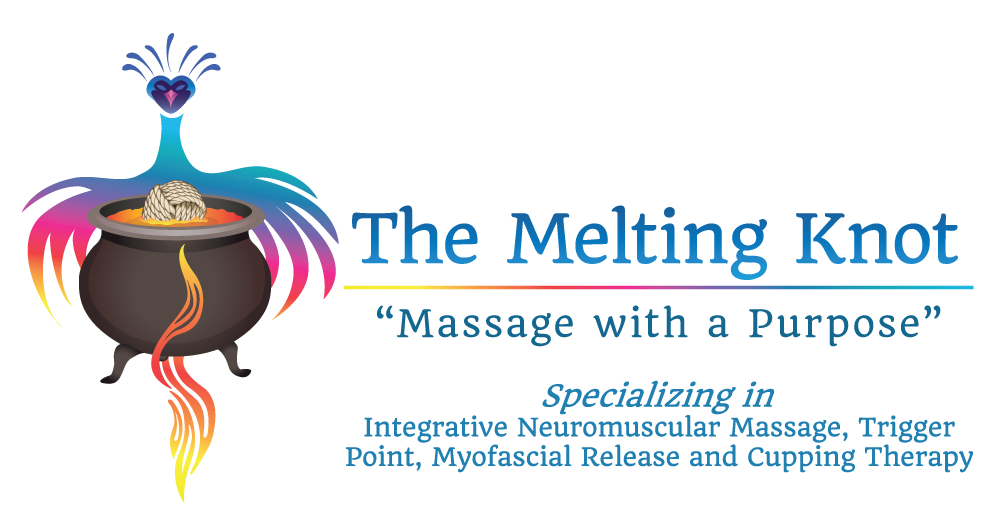Trigger Point Therapy
What is Trigger Point Therapy?
Trigger point therapy is a manual therapy technique to relieve myofascial pain and discomfort. It involves deactivating pain-causing and movement-inhibiting trigger points.
Successful treatment requires the proper identification of the trigger points, the appropriate manual therapy to release them, and subsequent elongating or contracting of the structures affected, to restore their natural range of motion and length.
Neuromuscular Massage Explained
What is a Trigger Point?
Trigger points were first discovered and mapped by Janet G. Travell (President Kennedy’s physician) and David Simons. Trigger points have been photomicrographed and measured electrically, and in 2007 a paper was presented showing images of Trigger Points using MRI.
A Trigger Point is a point in the myofascia that is tender upon palpation, causes stiffness after periods of inactivity, restricts full Range of Motion, causes weakness in the muscle group, and leads to structural imbalances.
Trigger points may be Active, Latent or Inactive:
Active: Points within a muscle’s fascia that have adhered to the fascia surrounding a nerve running through it. They are painful in motion, and often at rest. They often refer pain or tenderness to other regions of the body. This is known as Referral Pain.
Some examples of referral pain are: Sciatica-like symptoms, carpal tunnel symptoms, tennis elbow symptoms, headaches, tendonitis, plantar fasciitis, thoracic outlet symptoms, low back pain, etc.
They can give rise to other autonomic symptoms as well, such as:
Blurred vision, ringing in the ears, numbness, itchiness, watery eyes, disorientation (space – perception disturbance), dizziness, skin temperature changes, etc.
Latent: These are more common than Active Trigger Points. They are commonly found in patterns of muscular constructions relating to a person’s “normal” posture. They can become Active Trigger Points either Directly, or Indirectly:
Directly by: Acute overload of a particular muscle or muscle group, chronic overload or overwork fatigue, repetitive actions, sustained contraction of the muscle(s), trauma to the myofascia, compression and or chilling of the myofascia.
Indirectly by: Shortening a muscle for an extended period of time, visceral disease, emotional stresses, chronic myofascial strain, trying to stabilize arthritic joints, and by having other active Trigger Points within the referral zone.
Healthy Muscle:
- Excitable – responds to stimuli
- Contractible – able to contract when stimulated
- Extensible – able to be lengthened
- Elastic – able to return to its original shape after contraction and stretching
- Supple – underlying structures are easily palpable
- Contains uniform consistency and plasticity
- Not tender when palpated
- Individual bundles of muscle fibers (fascicles) cannot be differentiated when palpating healthy muscle.

|



